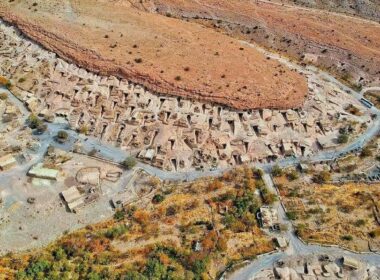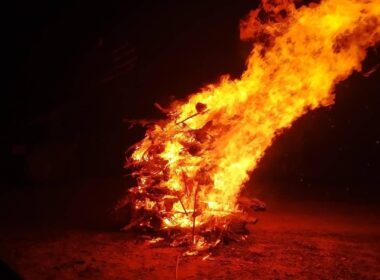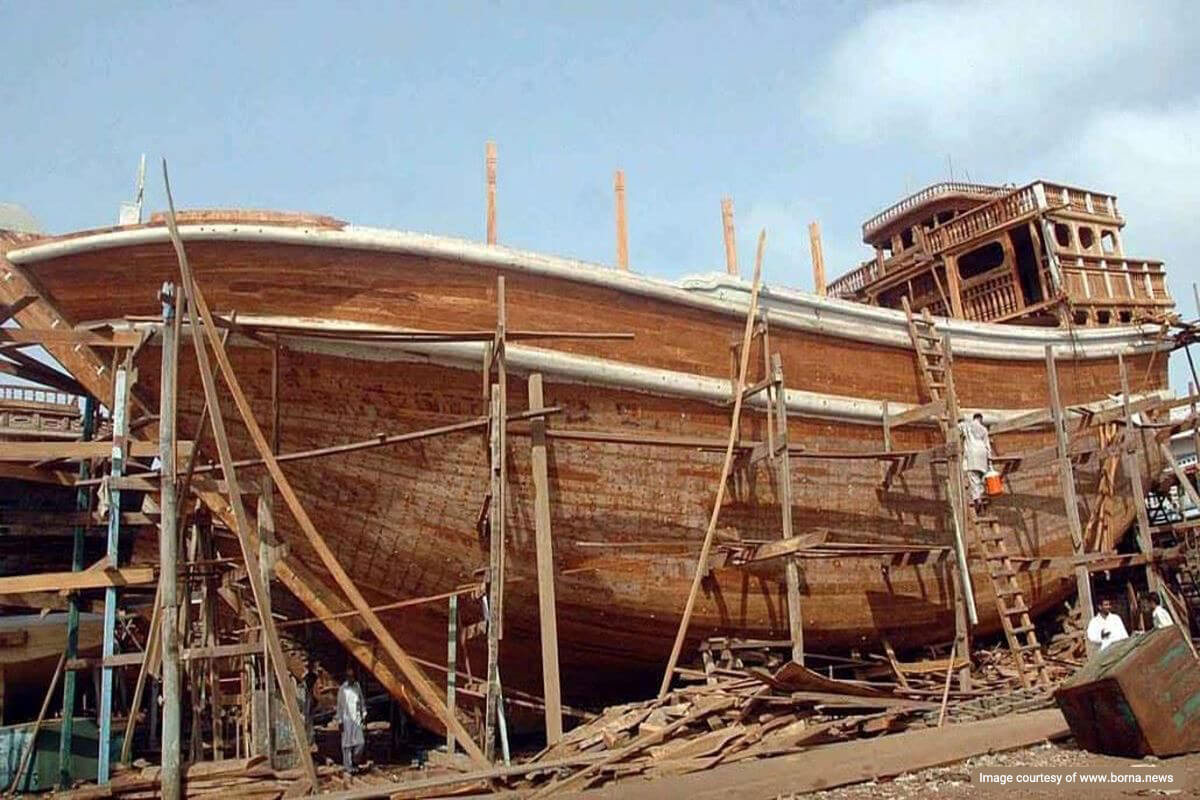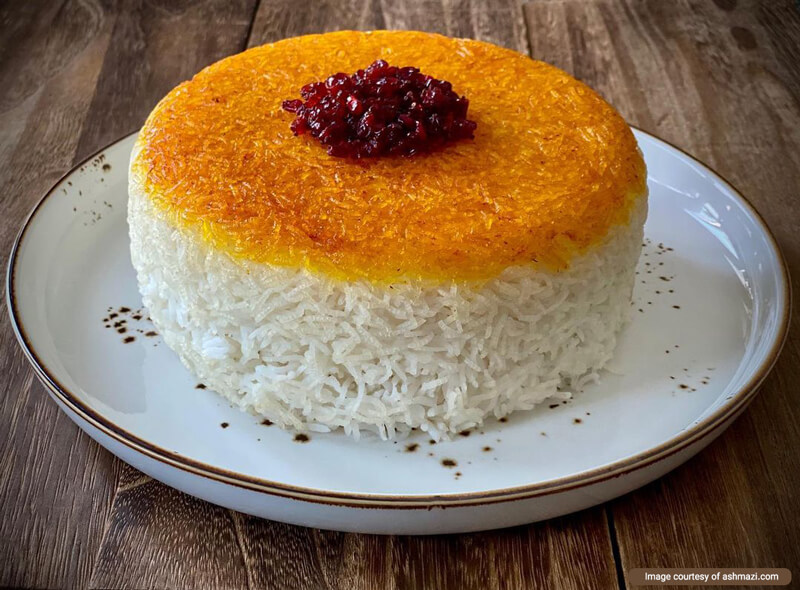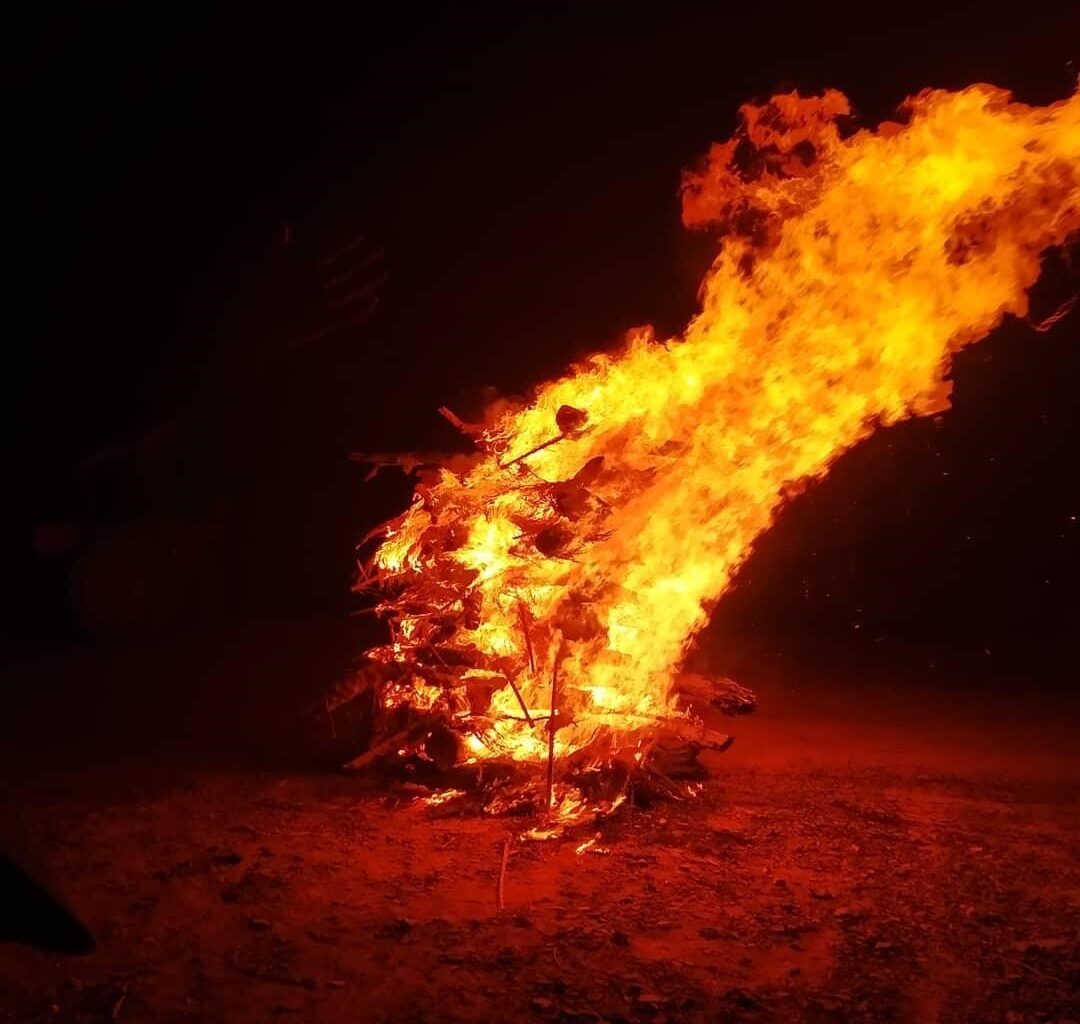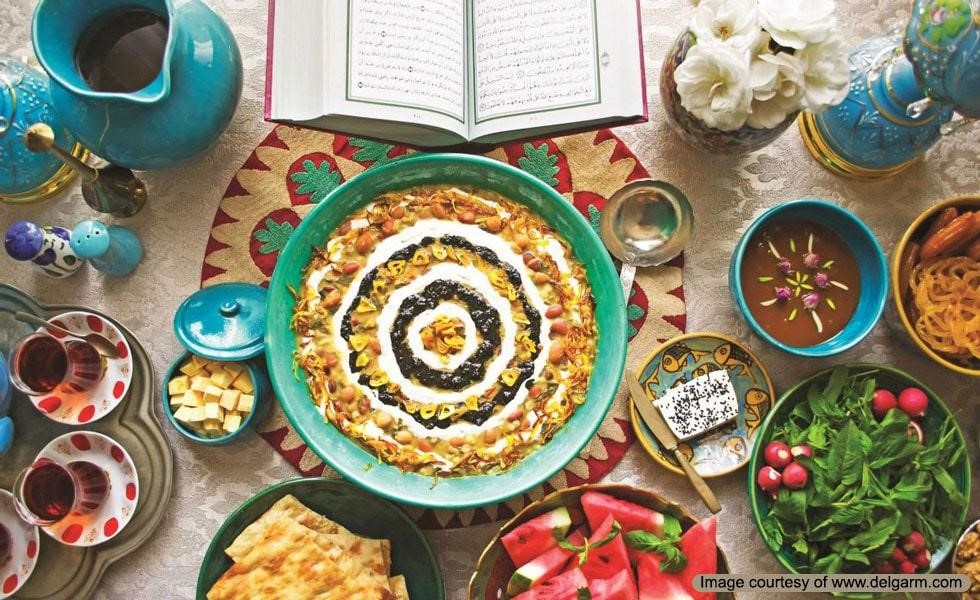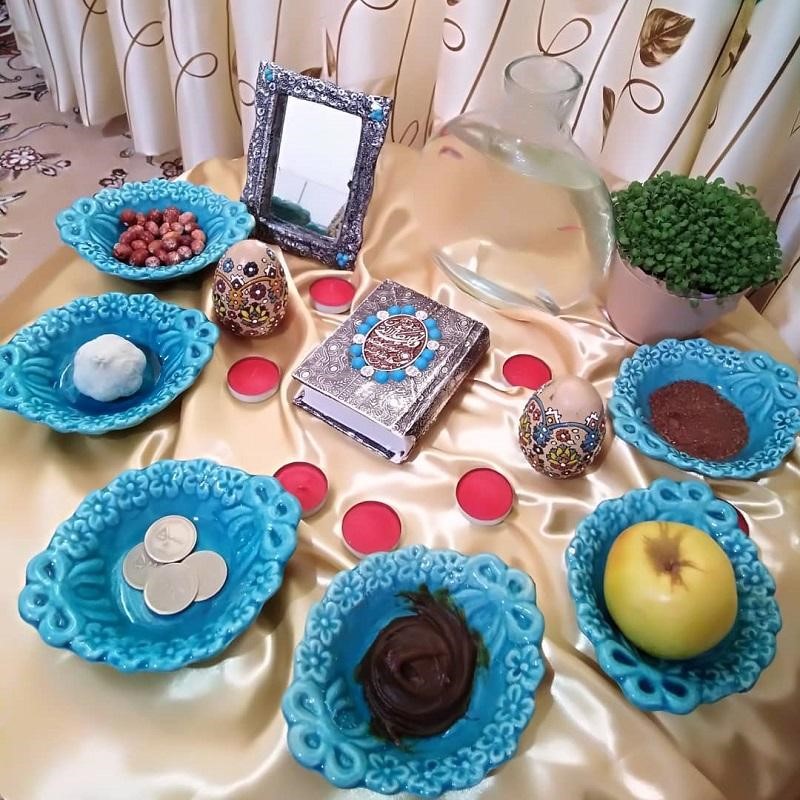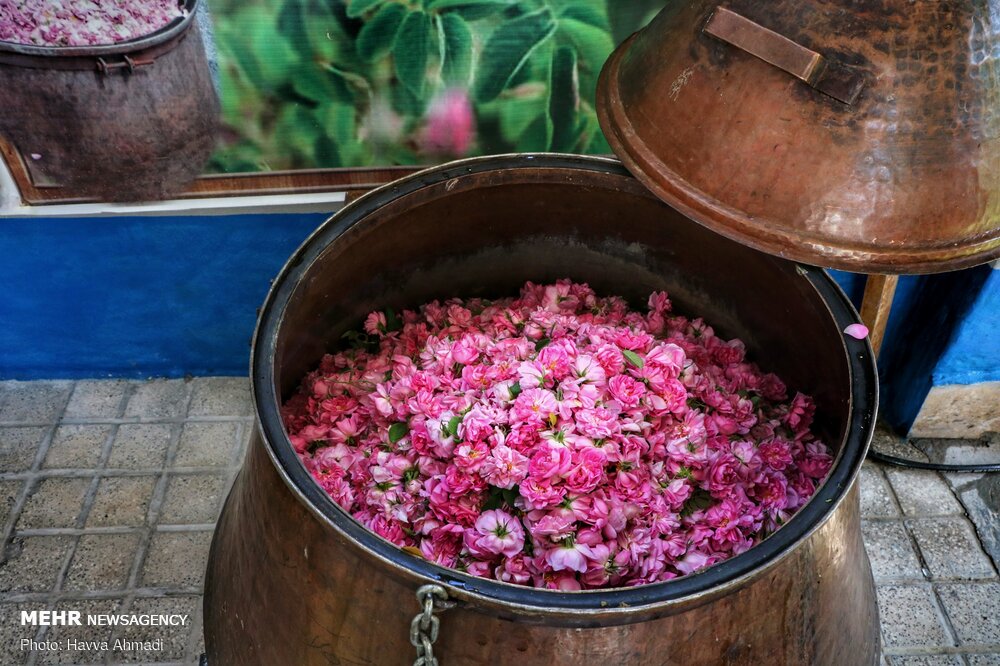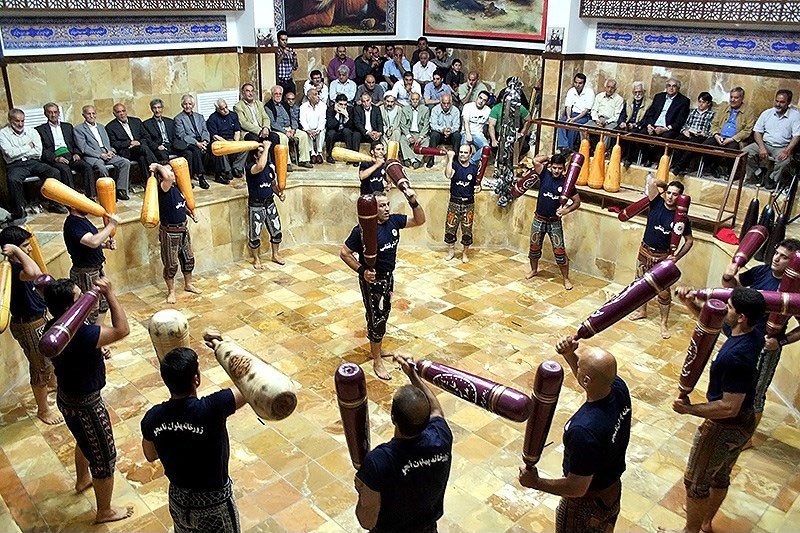
The Pahlevani and Zoorkhanei rituals are the Iranian cultural heritage and one of the martial arts dating back to ancient Iran. This art is also recognized by other names like “Zoorkhanei Sports”, “Ancient Sports” and “Pahlevani Sports”. As the motherland of this ritual, Iran has always been the host of world travelers who wanted to watch this sport.
Pahlevan is a title attributed to a person who is both strong in his physical strength and ethical values. One without the other will not make one worthy of receiving such a title. Zoorkhaneh is the traditional gym in which Pahlevani sports and rituals are performed.
Pahlevani and Zoorkhanei rituals in Brookhouse & UNESCO
According to the results of the researchers’ works carried out in Brookhouse Sports University, Iranian ancient Sports is considered the oldest sports in the world. In addition, UNESCO has inscribed this intangible cultural heritage of Iranians in its world list on Nov 16, 2010. Therefore, this ancient Iranian martial arts has been recognized internationally.
History of Zoorkhaneh Formation
Iranians have always been in need of and interested in Pahlevani rituals, wrestling, and physical readiness right from the beginning. Even the ancient Iranian prophet, Zarathustra, had ordered its followers to be ready to help “Ahoora Mazda” (God) and struggle against “Ahriman” (Devil). Today, Iranian athletes do quite well in martial arts as well as wrestling.
In the 13th century, a person called Mahmoud, who was also well-known as “Purya-ye Vali”, from Khorasmia, gave new life to Pahlevani and Zoorkhanei rituals once again. He was a Pahlevan who was also known as a Sufi and wrestler.
Martial Aspect of the Traditional Sports
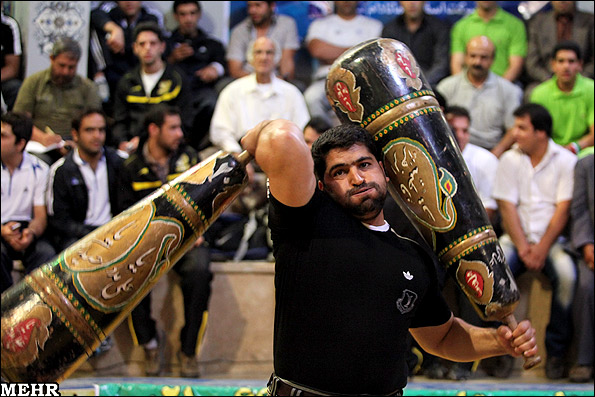
Some of the sports tools required to perform this intangible cultural heritage look very much like armament. Because of such similarities, some believe that battle techniques were also taught to the wrestlers in Zoorkhaneh in the antiquity. Some of these tools are “Meel”, “Kabadeh” and “Sang”, which look like a mace, bow and shield respectively.
Obviously, the skills of using such tools could strengthen the muscles of the sportsmen. At the same time, because of their resemblance to armament, they could serve as practicing tools for battling purposes as well.
Pahlevani and Zoorkhanei Rituals in Action
The customs and rituals commonly practiced at this sports are derived from two sources of religion and mythology. From the mythical point of view, the inspiring factors are the ancient brave men and Pahlevans’ codes of ethics and values. In the religious background, Imam Ali’s ethical values and virtues are considered the inspiration source for such sportsmen.
One of the vital principles of the ancient and Zoorkhanei sports is politeness and respect for the Sadat (decedents of the Imams) and those who have already been in this sports for a long time. For this reason, sportsmen ask for such people’s permission (Rokhsat) before they start exercising. This is a very essential part of the related mannerism in Zoorkhaneh.
Other virtues promoted in Pahlevani rituals are forgiveness, manhood, modesty, purity, helpfulness to the poor, etc. These are supposed to be internalized in this Iranian intangible cultural heritage.
In addition, it’s customary to observe other details in Pahlevani and Zoorkhanei rituals:
Zarb
It refers to the big drum played by the drummer (Morshed) who orchestrates the athletes in their workout. During the workout, Morshed plays the drum and sings certain songs from some poem books, etc to cause more passionate performance when wrestlers are practicing and internalizing ethical values.
The athletes perform group movements to the rhythm of the music and songs of the Morshed. Some of these movements have been traditionally performed with particular tools and sometimes without them.
Charkh Zadan
It is a practice of turning around oneself fast and at a rhythmic pace that requires the skill to keep one’s balance. This is a martial technique implicitly meaning the young take over the battle on the battlefield. Younger athletes get themselves ready this way for fight, sacrifice, and martyrdom.
Golrizan
Literally it means throwing flowers to celebrate someone. In this sports, it refers to a tradition of collecting money for the needy. This ritual had been observed from ancient times for charity. In certain occasions like feasts, festivals, the birthday of Imams and sometimes in thanksgiving ceremonies to revere previous senior wrestlers, Golrizan rituals were also performed.
In Zoorkhaneh, usually, two young athletes held a piece of cloth called “long” and walk among the crowd in a circle to let people throw money in it. Of course, this piece of cloth used to be worn as the special uniform of this sports, but a different uniform has been designed for it these days.
Zoorkhanei Sports Moves
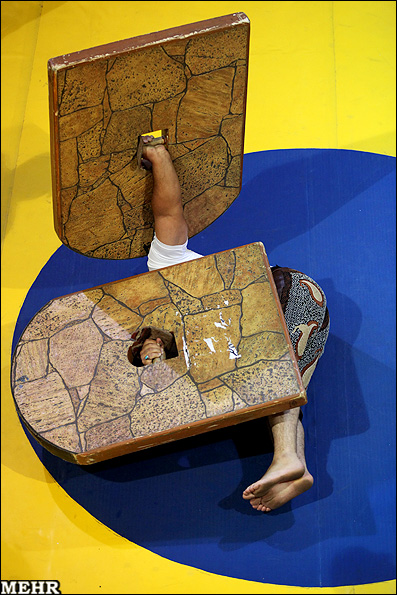
Sang Gereftan
An athlete lies down on the ground and presses up and down two Sangs, large wood panels (resembling battle shield), each one weighing up to 80 kg.
Charkh Zadan
An athlete opens up his arms in opposite directions and starts turning around himself fast while moving clockwise in a large circle. It usually takes from one to three minutes.
Sheno Raftan (Push-up) & Narmesh (Warm-up)
Lighter and slimmer athletes ask for permission first to step forward and perform dramatic gestures. It includes push-ups for several minutes among other activities.
Meel Bazy
Athletes ask for permission first to go to the middle of the ground and lift up two Meels each weighing 1-2 kg for this performance. They throw them up in the air and catch them skilfully again in appreciable gestures.
Zoorkhanei Sports Activists
Today, two organizations help to introduce and promote this intangible cultural heritage of Iranians:
- Ferdowsy Foundation, and
- Zoorkhanei & Pahlevani Sports Federation – fipz.ir
There are several active traditional gyms, Zoorkhaneh, hosting athletes. For example, there are approximately 50 such places only in Tehran.
A lot of those who make a journey to Iran, plan to visit a Zoorkhaneh to learn about Pahlevani and Zoorkhanei rituals, this unique intangible cultural heritage, which is a mixture of culture, arts, and sports that Iranians have kept doing for centuries if not for millennia.
For more articles on Iranian culture inscribed in UNESCO, go to:


